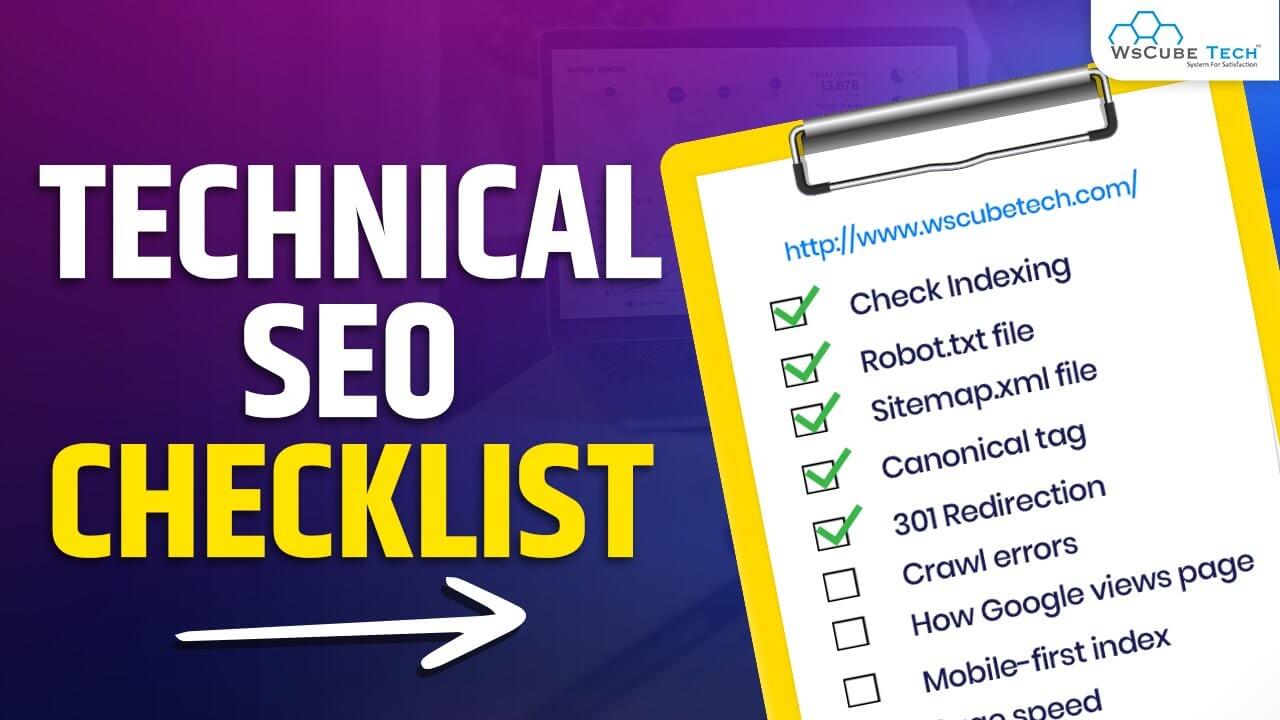
Google continues to be the ultimate search engine for businesses seeking to gain maximum visibility online. If you’re a business owner, you already know how vital your Google Business Profile optimization is to show up in local searches and attract more customers. But the real question is: how can you truly stand out from your competitors?
At Pixel Web SEO, we understand the intricacies of Google My Business optimization—from boosting your visibility in search results to gaining more clicks and calls from potential customers. In this guide, we’ll give you actionable tips to supercharge your success. Whether you’re just getting started or looking to outperform local competitors, this blog will take you through strategies that ensure your GMB stands out in 2025. So, let’s dive in!
Why Improving Google My Business Visibility Matters in 2025
Search behaviors are constantly changing. Customers now rely heavily on their mobile devices and local searches to find businesses near them, especially those with strong reputations and up-to-date profiles. If your Google Business Profile optimization is done right, your business will rank higher in Google Maps and be more likely to catch someone’s eye.
Additionally, properly optimizing your profile can drive valuable foot traffic, improve trust with your audience, and effectively convert casual searchers into loyal customers. Without a polished GMB profile, however, your competitors might be stealing the spotlight—and the business!
1. Claim and Verify Your Google Business Profile

The first step is ensuring that your business is listed on Google and that the information is accurate and verified. A verified profile isn’t just about ticking off a checklist—it’s about building credibility. To enhance Google My Business visibility, make sure all important details like your address, phone number, website, and hours of operation are accurate and up to date.
Tips:
- Double-check your business name for consistency.
- Use the same phone number and address across all platforms.
- Add business categories specific to your niche to appear in relevant searches.
2. Provide Complete and Detailed Information

A comprehensive Google My Business profile optimization starts with filling out every possible field in your profile. Businesses with in-depth, detailed profiles are 50% more likely to attract potential customers. Include the following:
- Adding high-quality images or videos of your office, products, and services.
- Writing a compelling business description.
- Including keywords like “best salon near me” or “affordable plumbing service.”
Pro Tip: Use screenshots of your top competitors’ profiles to identify gaps or unique approaches in their descriptions. Evaluate what is working for them, and use it to improve your profile.
3. Prioritize Customer Reviews and Reputation Management
One of the key factors that influence GMB optimization is your review count and star ratings. Trust is everything online these days, and customers typically flock to businesses with excellent feedback.
How to Encourage Reviews:
- Ask your satisfied customers to leave positive feedback on your profile.
- Respond to all reviews—both positive and negative. This shows you value every customer.
- Check competitor profiles for unique ways to handle reviews and incorporate elements you find effective.
Need help managing reviews effectively? Contact Pixel Web SEO, and we’ll get you started with the right tools and strategies!
4. Regularly Update Photos and Posts

Posting frequently on your Google Business Profile is a surefire way to stay relevant and engaging. Google appreciates real-time, active profiles and tends to rank them better in local search results.
- Photos: Post updates about new products or events with fresh, eye-catching images.
- Posts: Use Google Posts to announce discounts, tips, or blog articles for your audience.
Stay active, connect with your audience, and watch your business grow.
5. Leverage Google Insights

Google provides useful data about how people interact with your profile. From call clicks to direction requests, Insights is your secret weapon for refining your GMB strategy. Analyze your profile’s performance and track what’s generating leads or traffic the most.
Ready to Outrank Competitors in 2025?
A well-optimized Google Business Profile is your ticket to standing out in the digital world. At Pixel Web SEO, we help small and large businesses unlock their full GMB potential with tailored strategies that deliver measurable results.
Want to skyrocket your online visibility? Contact Pixel Web SEO today and let us craft a winning strategy for your business!


